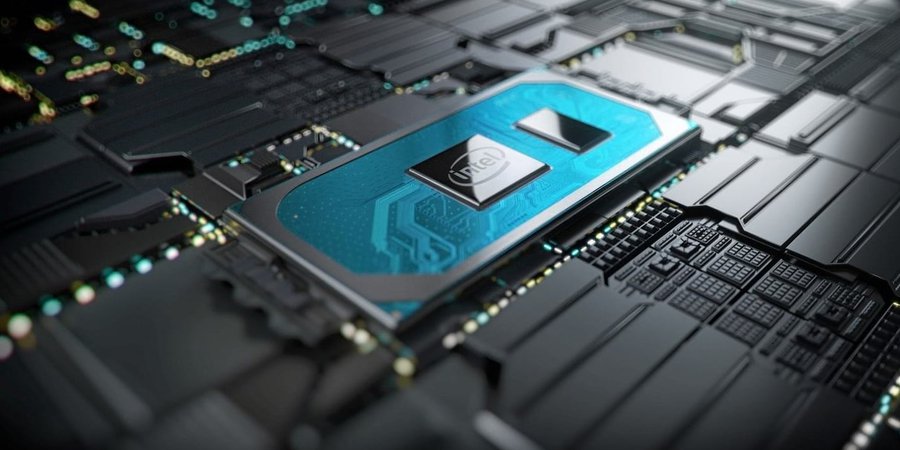
A Promessa e o Perigo da Nova Revolução Digital
A nova corrida tecnológica global levanta uma pergunta urgente: estamos prontos para confiar na inteligência que criamos?

GNA: PC inteligentes com acelerador de IA.
O mercado vem apostando na capacidade integrada de processamento de IA no hardware. Existem VPU/GPU e TPU em formato de Pen Drive que permite o processamento de inferência em processadores antigos. Agora a tendencia será a inclusão de aceleradores nos processadores para atender a imensa demanda neste setor. Com isto, os novos equipamentos oferecem mais desempenho dedicado para o processamento de rede neurais.
Os processadores Intel® Core™ da 11ª Geração com o recurso GNA apresentam eficiência energética, pois foi projetado para processar e acelerar o processamento de IA liberando simultaneamente preciosos recursos de CPU.
O que é Intel GNA?
O Termo GNA é um acrônimo de Gaussian & Neural Accelerator Library atribuído ao co-processador para aceleração Neural integrados em alguns modelos de processadores para acelerar a execução de algoritmos de inferência. O GNA é muito similar ao co-processador matemático dos processadores 386 da década de 90. Ou seja, o seu acionamento funciona através de API da intel (biblioteca libgda). A sua implementação em modelos de deep learning pode acontecer durante um treinamento, importação de modelos de frameworks convencionais (tensor flow, torch e outros) ou utilizando o Intel Deep Learning SDK Inference Engine (Open VINO).
Abaixo a lista de processador com suporte ao Intel® GNA:
Quando utilizando o GNA, o hardware aloca o modelo de inferência em memória para posteriormente executá-lo paralelamente ao processador (assim o liberando para as demais tarefas). Outro ponto importante é a sua eficiência energética, que permite sua presença mesmo em notebooks ultra finos. Alguns produtos sem processadores x86, como o Alexa Premium Far-Field Voice utilizam também a tecnologia GNA.
Então podemos entender um maior poder computacional na computação de borda (edge computer), pois com uma diferenciada. A eficiência energética, assim permitindo processar inferência sem comprometer a carga de trabalho da CPU.
O código fonte da biblioteca libgda, pode ser obtido em https://github.com/intel/gna. Para entender sua implementação desde a compilação do módulo do kernel até a abstração da biblioteca, disponibilizo um artigo na categoria SDB (suporte database) da distribuição openSUSE Linux https://en.opensuse.org/SDB:Install_GNA_in_NUC_Beast_Canyon.
O hardware utilizado foi o Intel NUC 11 Extreme “Beast Canyon” que encontra-se em pré-venda nos EUA. Mas com as instruções do artigo, é possível compreender a tecnologia antes de atingir o mercado em massa. Em breve um tutorial em português no portal Viva O Linux.
Conclusão: O futuro chegou! O mercado de desktop, servidores e notebook disponibilizarão hardware com a capacidade de processar inferência sem comprometer o uso da CPU (assim evitando overhead). Com este recurso, a inteligência artificial utilizada com um eco sistema híbrido (computer edge e cloud), trará um maior benefício com um menor custo computacional.
Sócio cofundador da empresa OITI TECHNOLOGIES, Pesquisador cujo primeiro contato com tecnologia foi em 1983 com 11 anos de idade. Leva o Linux a sério, pesquisa e trabalhos com biometria e visão computacional desde 1998. Experiência com biometria facial desde 2003, redes neurais artificiais e neurotecnologia desde 2009. Inventor da tecnologia CERTIFACE, mais de 100 palestras ministradas, 14 artigos impressos publicados, mais de 8 milhões de acessos nos 120 artigos publicados, Docente da FIA, Membro oficial Mozillians, Membro oficial e Embaixador OpenSUSE Linux América Latina, Membro do Conselho OWASP SP, Contribuidor da biblioteca OpenCV e Global Oficial OneAPI Innovator Intel, Membro Notável I2AI, Fundador da iniciativa Global openSUSE Linux INNOVATOR e Mentor Cybersecuritygirls BR

A nova corrida tecnológica global levanta uma pergunta urgente: estamos prontos para confiar na inteligência que criamos?

Por que dominar a IA será a nova alfabetização do século XXI

Conselhos de Administração devem evoluir da supervisão reativa para a antecipação estratégica, frente à crescente complexidade e volatilidade dos ambientes de negócios.

De 14 a 25 de julho, reserve suas manhãs das 08h00 às 09h30 para participar da tradicional Maratona I2AI! Uma jornada intensa com debates e palestras sobre temas essenciais: Ética,